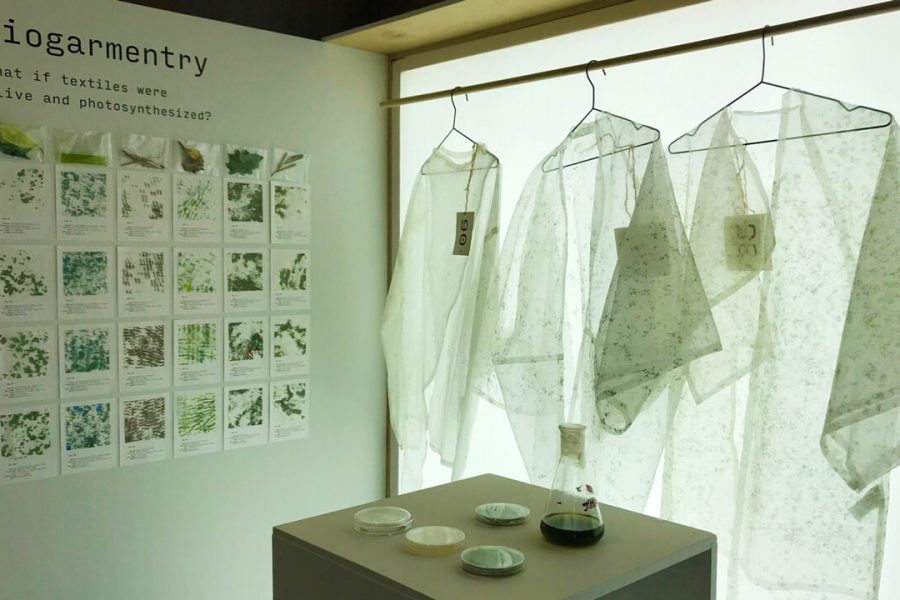1. Dirty thunderstorms, volcanic lightning, occur when lightning forms in a volcanic plume.

They look like the entrance to hell!

2. Oh wait, here's the Door to Hell, a gas fire in Turkmenistan accidentally ignited by scientists in 1971 and still burning.
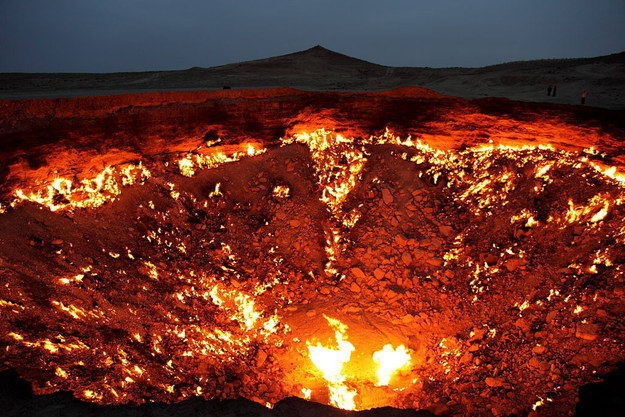
3. Igniting Ice Bubbles: Frozen bubbles of methane trapped beneath Alberta's Lake Abraham.
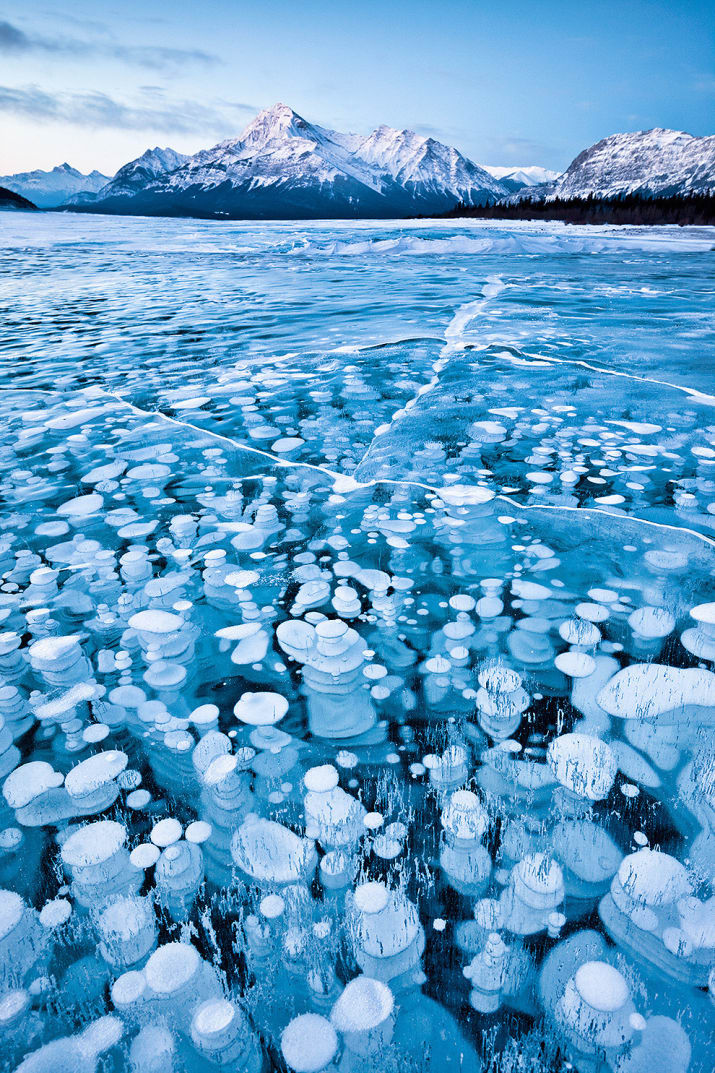
4. Catatumbo lightning, which lasts 140-160 nights a year, 10 hours a day and up to 280 times an hour.
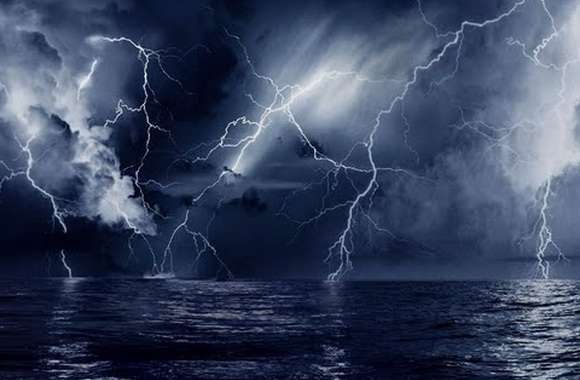
5. Christmas Island Red Crabs: Every year, approximately 43 million land crabs migrate to lay eggs in the ocean.

Authorities close most of the island's roads during the migration, which usually lasts at least a week.


6. Monarch Butterfly: The eastern North American family is distinguished by its southern late summer/fall migration from the US and Canada to Mexico, covering thousands of kilometers.
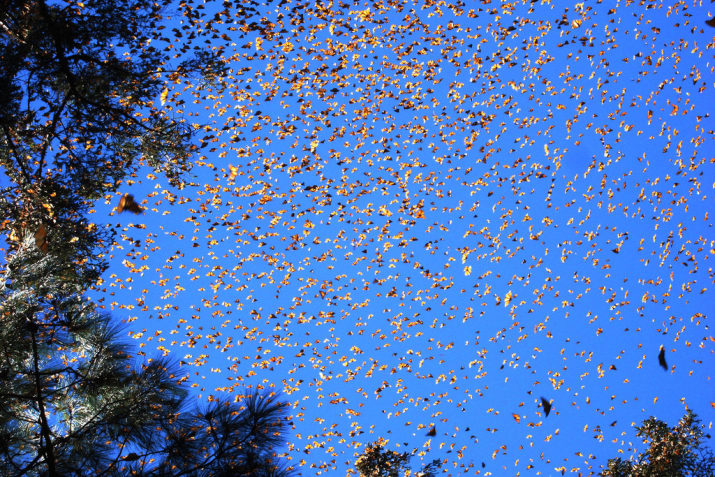
No butterfly lives apart from migration. Female monarchs lay eggs, and their offspring continue the migration.

7. Spider Rain: Spider invasion in Australia, thousands of spiders cover fields with webs.

8. Namibia's mysterious fairy circles: Research shows that sand termites are responsible for their creation.

9. Underwater crop circles in the ocean off Japan: created by a male puffar to hide his females.
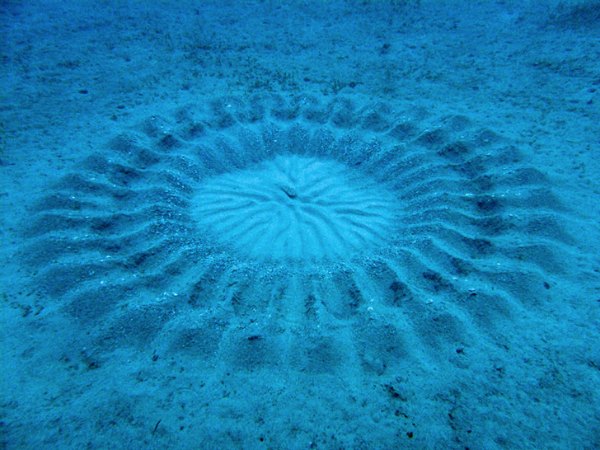
10. Spherical boulders in New Zealand: formed from clay rock, as a result of coastal erosion.
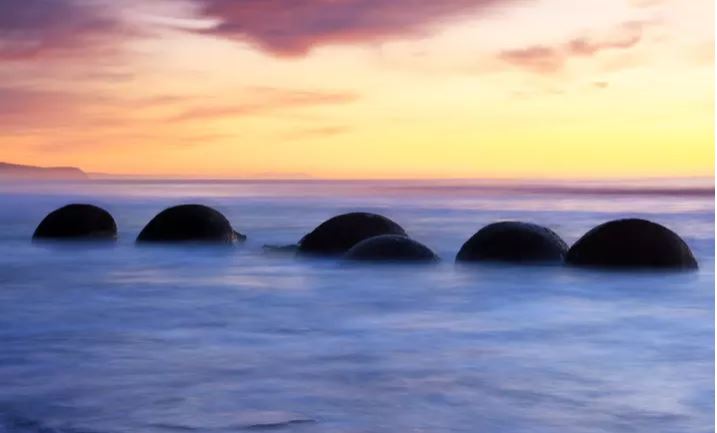
11. The Great Blue Hole: A large submarine off the coast of Belize, over 300m across and 124m deep.
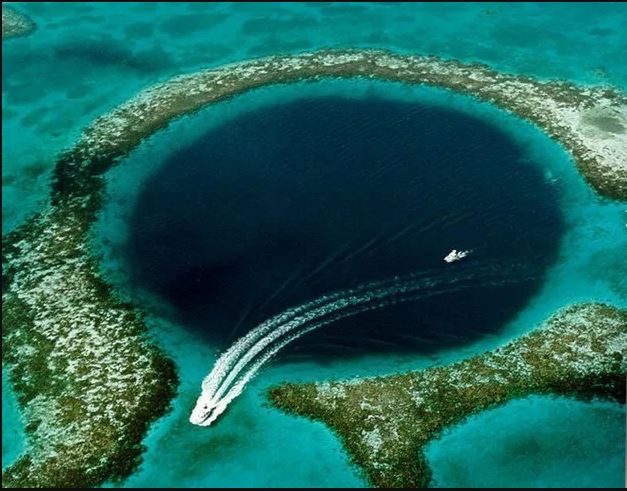
12. Black Sun: Huge flocks of up to 50,000 starlings form across parts of the UK just before sunset in midwinter. They are known as tornadoes.
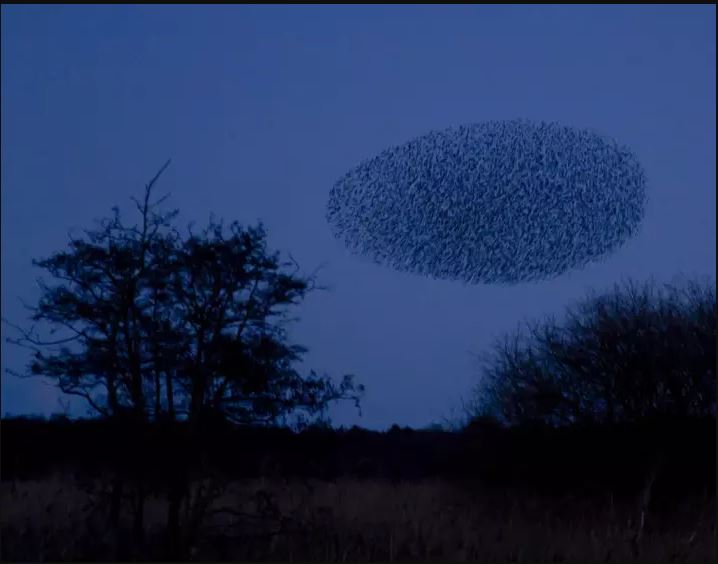
13. The Sardinian Run: Occurs between May and July when billions of sardines migrate north along the east coast of South Africa. The sheer numbers of them create strong waves along the coastline.

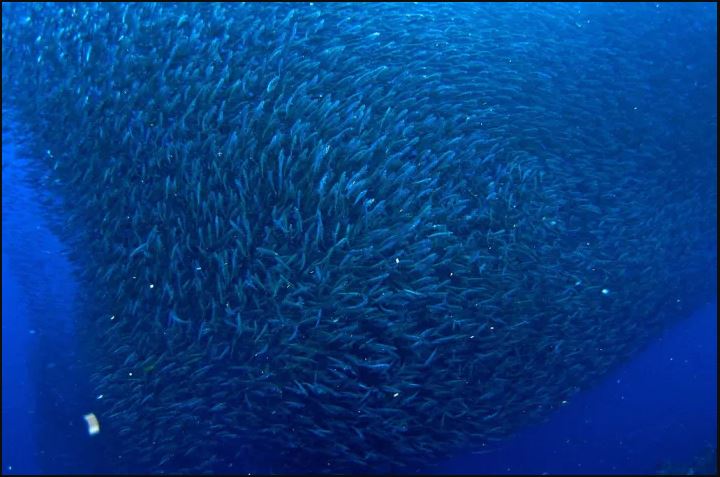
14. Giant's Valley, Northern Ireland: An area of about 40,000 interlocking basalt columns, the result of an ancient volcanic eruption.


15. Floating rocks in Death Valley, USA: a geological phenomenon in which rocks move and inscribe long tracks along the flat floor of a valley without human or animal intervention.
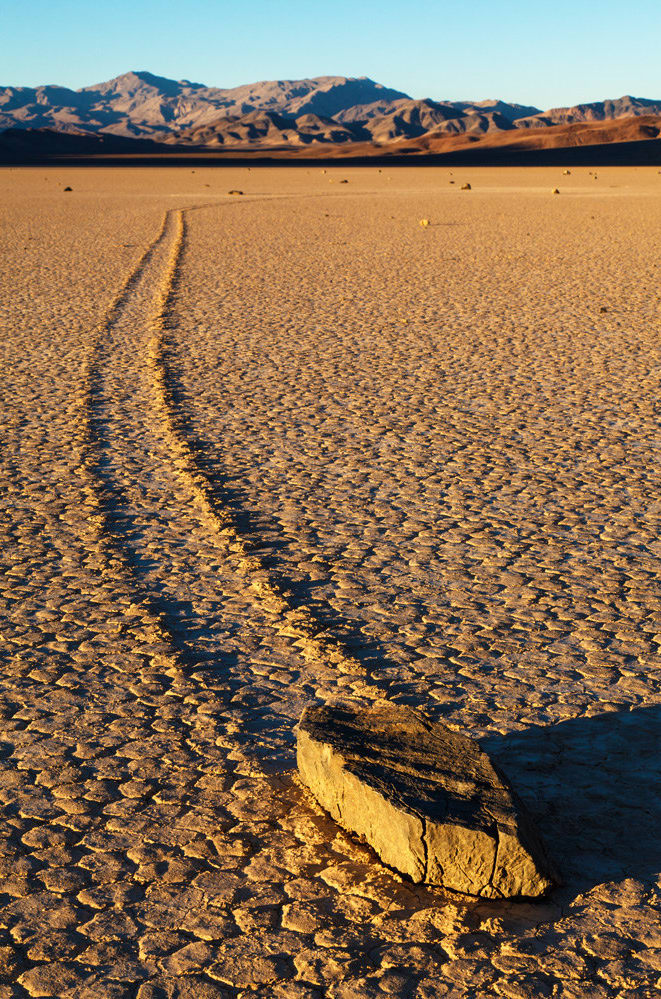

16. Tidal bores in the Amazon in Brazil and the Severn in England: a tidal phenomenon in which the leading edge of an incoming current forms a wave of water that moves upriver against the current.

17. Blooming Desert: Formed in the Atacama Desert, Chile, in years when rainfall is unusually high. The region typically receives less than 12 mm of rain annually.

18. Horizontal arcs, misleadingly known as fire rainbows: an optical phenomenon that depicts an icy-rimmed halo formed by plate-shaped ice crystals in high-altitude clouds

19. Olympus Mons Lenticular Clouds: Lens-shaped stationary clouds that form in the troposphere. Because of their shape, they have been proposed as an explanation for some UFO sightings.
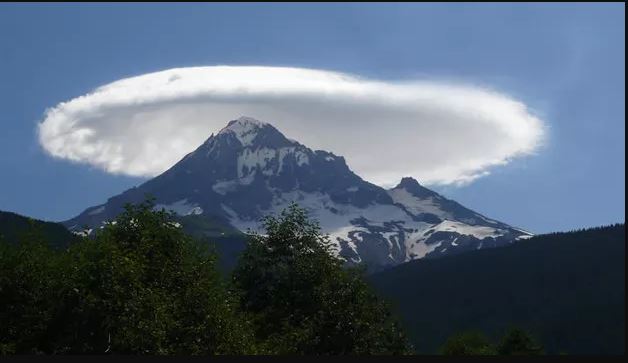
20. Mammut clouds, or "mammary clouds" or "breast clouds": a meteorological term applied to rare bag-like formations hanging below the base of a cloud.

21. Polar stratospheric clouds: Also known as nacreous clouds because of their iridescent appearance.
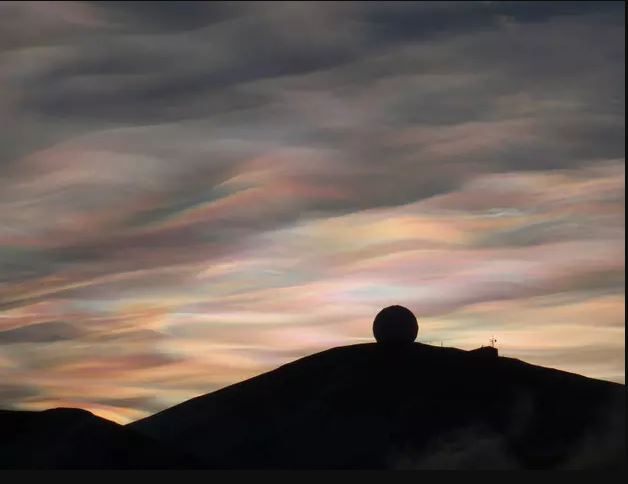
22. Known as "rough or undulating waves": this cloud formation was proposed as a separate cloud classification by the founder of the Cloud Evaluation Society and would be the first new cloud type recognized since 1951.

23. Lake Natsarn in Tanzania: A salt lake fed by mineral-rich hot springs that is the only regular breeding area in East Africa for 2.5 million flamingos.
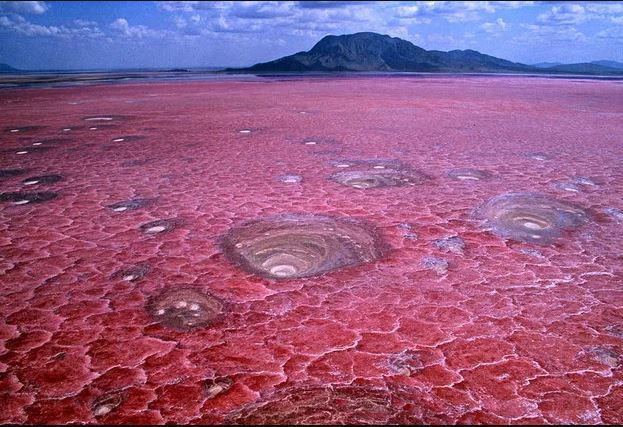
In recent years, the flamingo population has suffered significantly from suspected heavy metal poisoning, and the lake is currently under threat from Tata Chemicals' proposed soda ash plant.
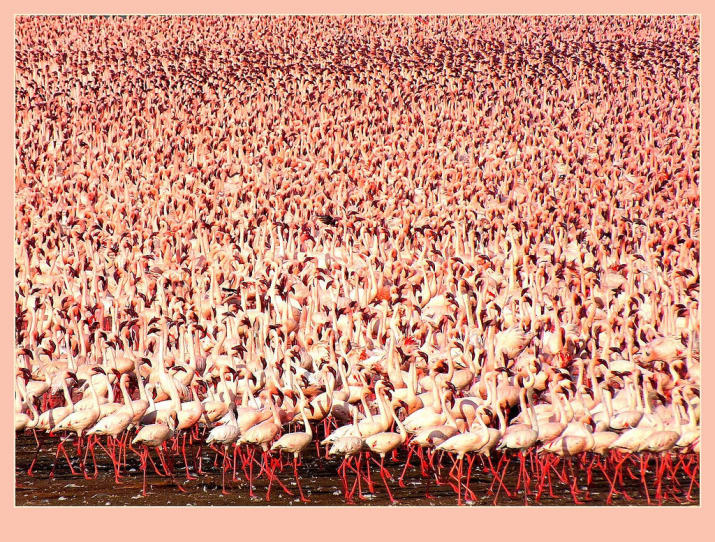
24. US Salt Lake Spotted Lake alkaline salt: contains some of the world's highest amounts of magnesium sulfate, calcium sulfate, and sodium sulfate.
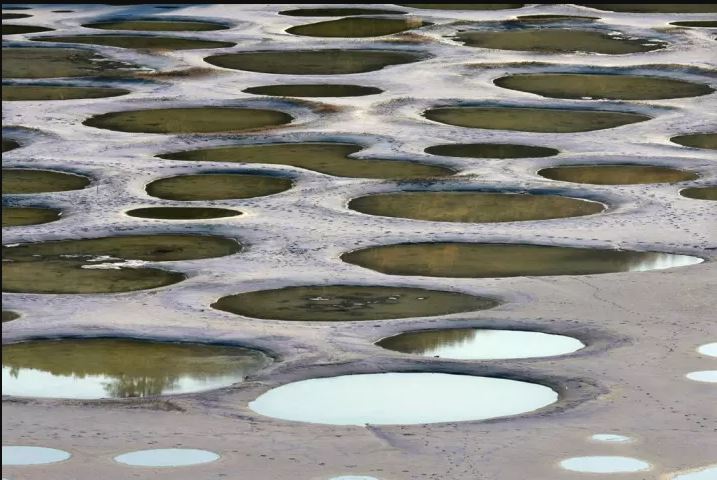
25. Bioluminescent waves on a beach in the Maldives: Various species of phytoplankton are known for their bioluminescent properties; when washed ashore by the tides, their chemical energy is converted into light energy.
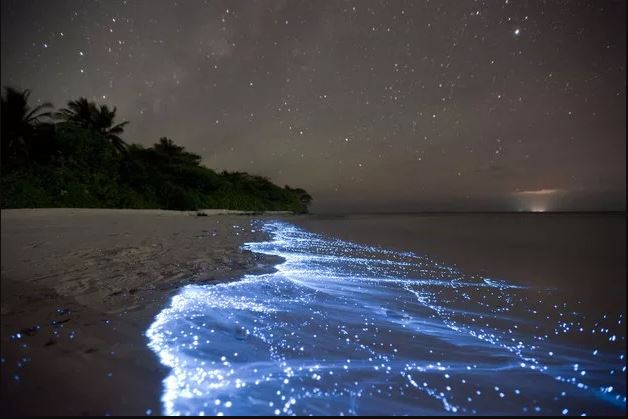
26. Bioluminescent dinoflagellates + right conditions = Red Tide: a condition in which dinoflagellates become so numerous that the water takes on a cloudy reddish color.

27. Light pillars: An optical phenomenon formed by the reflection of sunlight or moonlight by ice crystals present in the Earth's atmosphere.
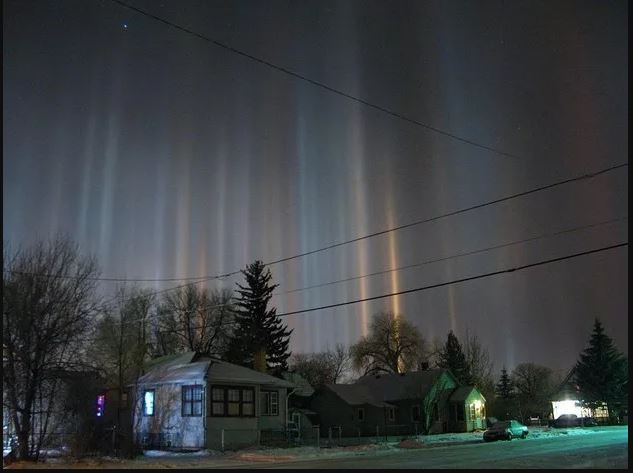
A light pillar appears as a thin column that extends vertically above the light source. They are known to contribute to false UFO reports.
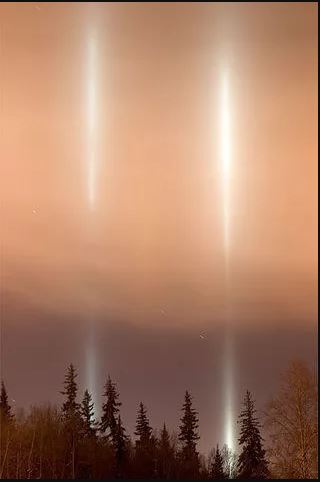
28. Rainbow Eucalyptus or Rainbow Gum: Patches of outer bark emerge at different times each year, darkening and maturing to blue, purple, orange and then brown.
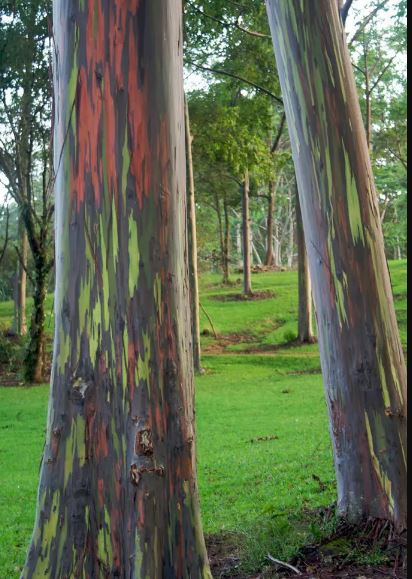

29. Frost Flowers: Ice crystals typically grow on young sea ice and thin lake ice in extremely cold, still conditions, close to -22C or -7.6F.
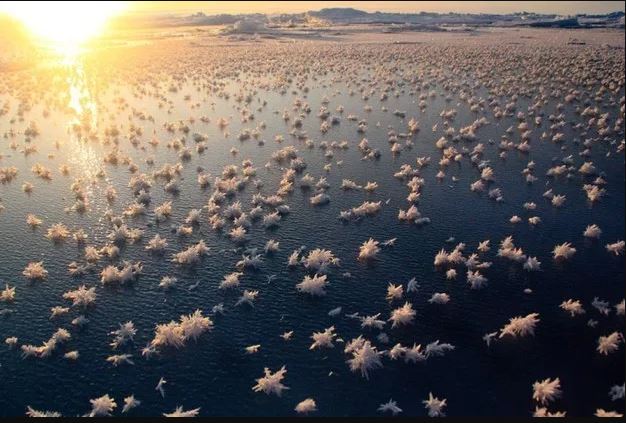
30. Snow chimneys on Mount Erebus, Antarctica: the southernmost active volcano on Earth.






